Visual Angle of Attack Indicators and Systems Engineering Theory
Air Facts
APRIL 14, 2025
1] NASA provides this excellent but unavoidably long definition: At NASA, systems engineering is defined as a methodical, multi-disciplinary approach for the design, realization, technical management, operations, and retirement of a system. An historical antecedent is the concept of the unstable approach.

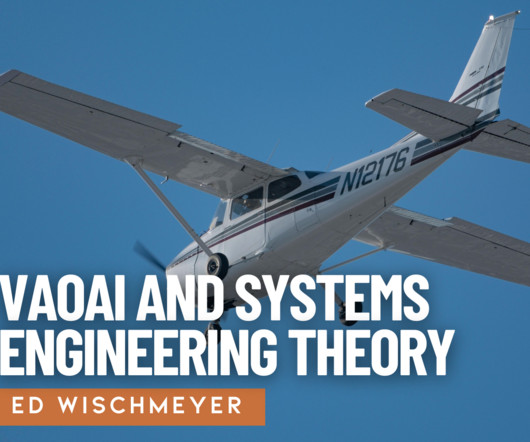






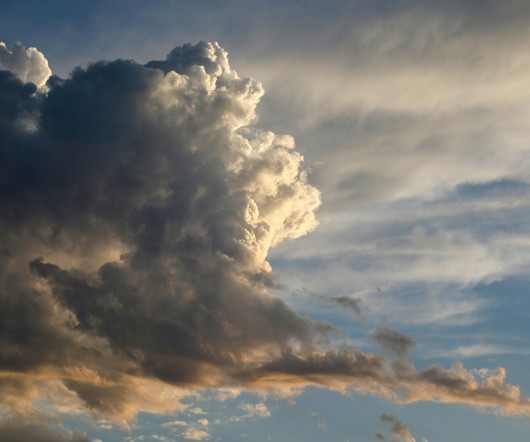

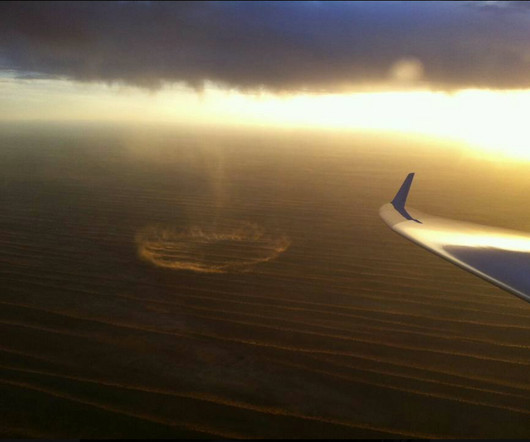

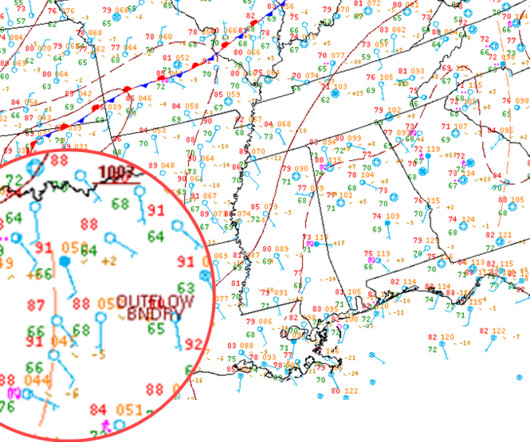

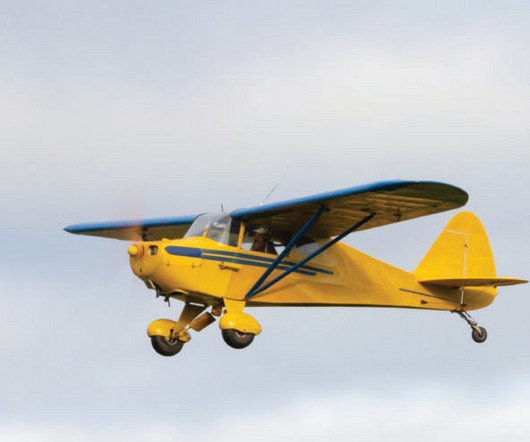







Let's personalize your content